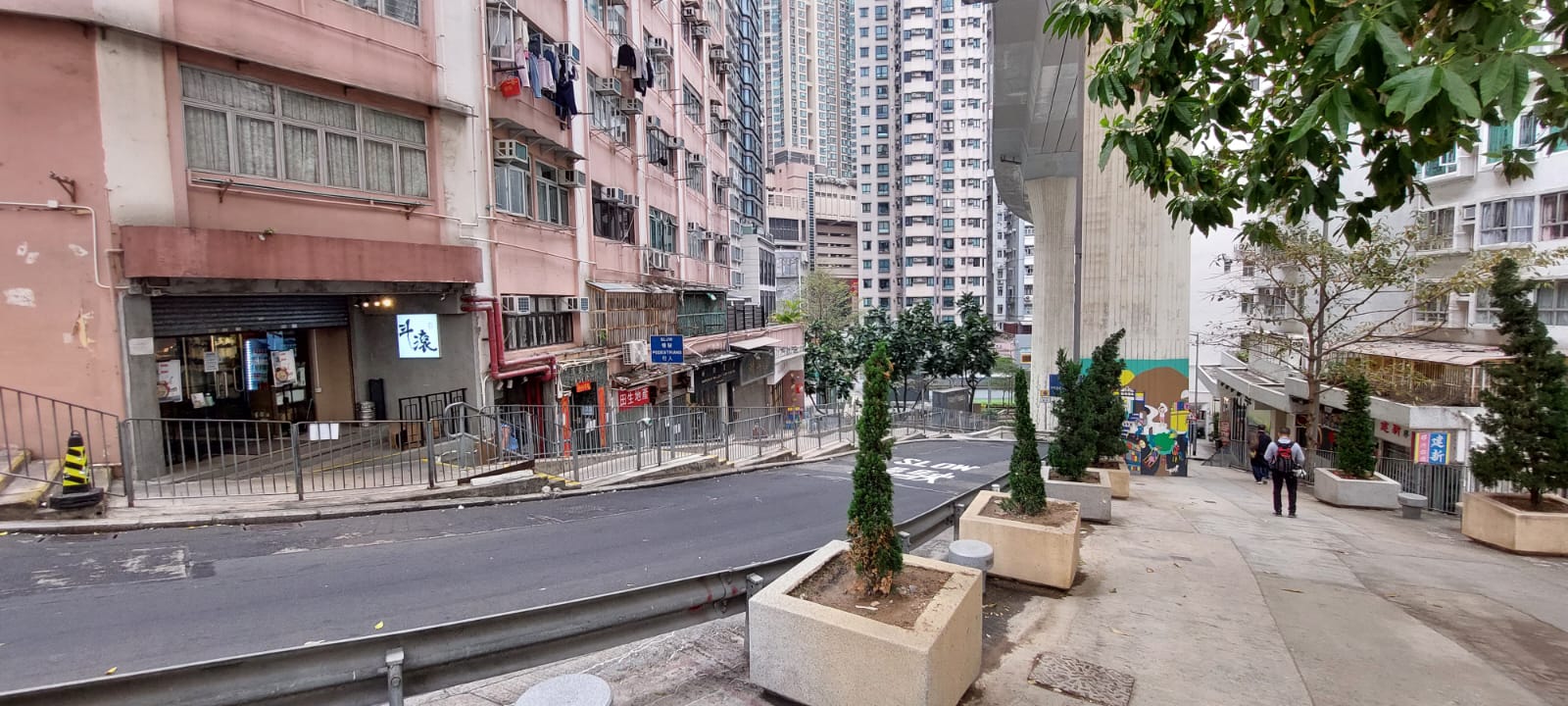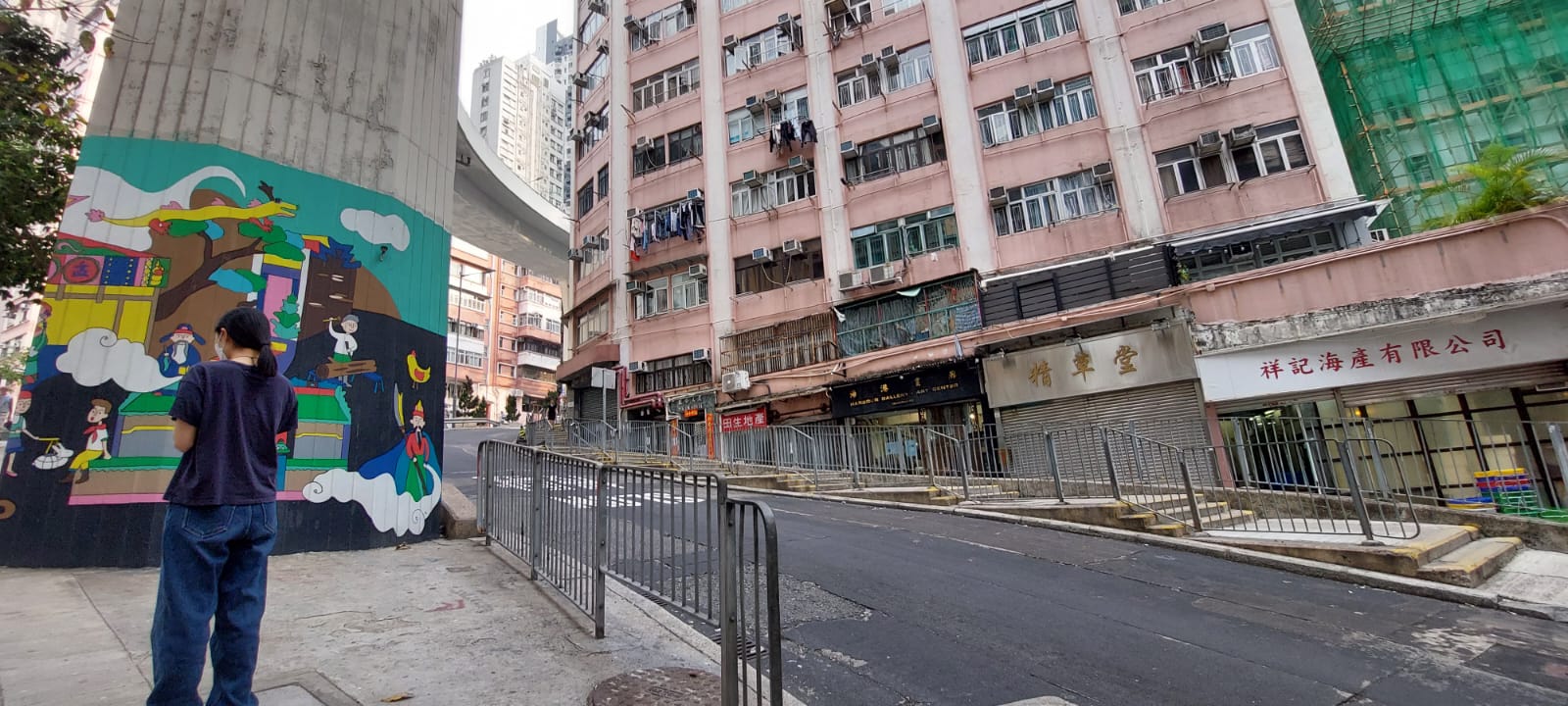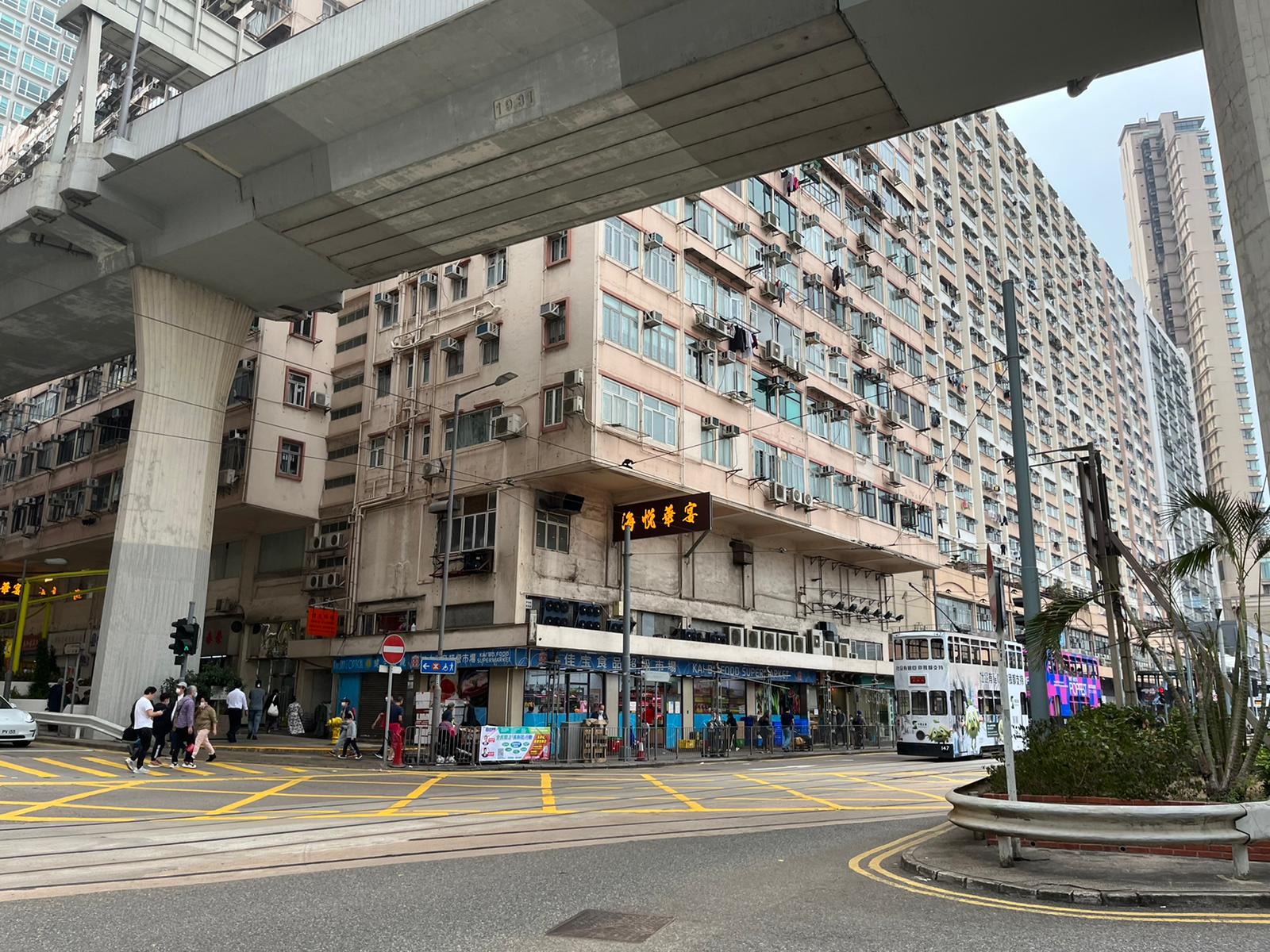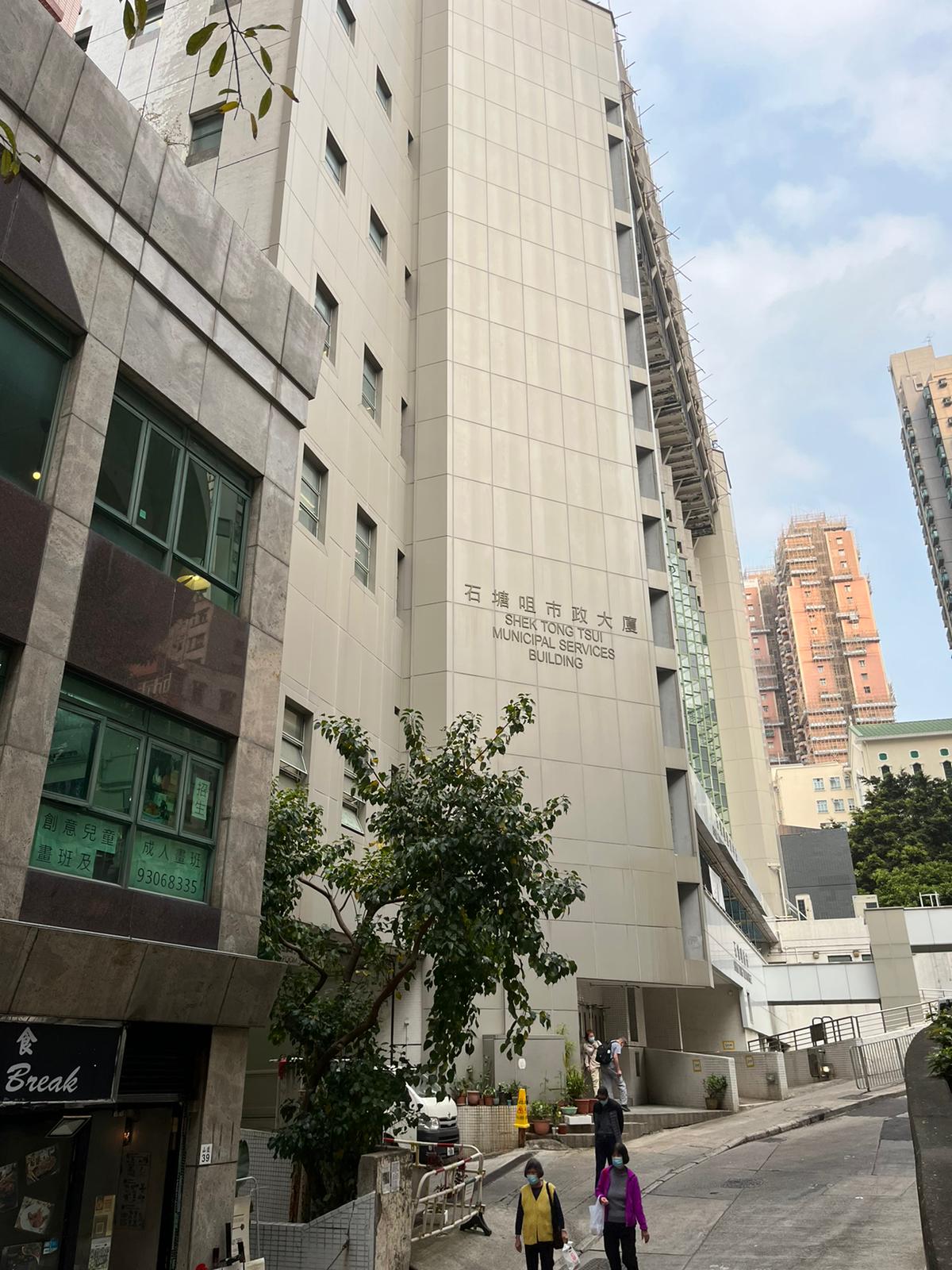Script:
AMY: Hello and welcome to our podcast. We’re your host and I’m Amy.
GHASSAN: I am Ghassan. Today we’re going to talk about the movie Rouge. Rouge is a romantic film released in Hong Kong in 1988. The film is based on a novel written by the author Li Bihua.
AMY: First, let me briefly introduce the author. Li Bihua was born and raised in Hong Kong. She grew up living in old buildings with tall roofs and wooden stairs and heard many old personal struggles. This environment provided her with materials and inspiration for her creation. Would you like to give an overview of the film?
GHASSAN: Sure. The film tells the story of a courtesan, Ruhua, and a rich young man, Chen Zhenbang. The film takes a unique approach to storytelling, interweaving memory and reality to create a powerful narrative. It discusses the fate of Ruhua, who exists in both the world of the living and the world of the dead in the form of a female ghost .This theme is explored through the help of newspaper reporters Yuan Yongding and Achu.


GHASSAN: During the film, Ruhua said, ‘This slope is still here. Yi Hung was at the top.’ And it’s true – the slope of Hill Road 4-16, where Ruhua and Chen Zhenbang agreed to meet, is still standing today. You can find it near the HKU MTR Exit B2. The slope looks much like it did in the movie, with most of it still preserved. In the film, a building that was once a brothel and turned into a kindergarten, which Ruhua pointed out in the film, is still there. The building is located on a turn which allows the camera to capture a wider area of the slope, exaggerating its size. Now, there are no board signs of the kindergarten, but the exterior color is the same. It is now a restaurant. In the film, the reason for conversion of brothel to kindergarten reflects a shift in social climate, moving from instant gratification to a greater emphasis on education. Amy, could you further explain this place to us and how it was used?
AMY: In the scene, where Ruhua is waiting for Chen Zhenbang under a flyover bridge on staircase steps are still present. The couple was standing from a distance from Ruhua behind the railings. The purpose of placing the characters in such a way actually reflects a gap of time periods between both love stories. The height difference available from slope and staircase intensifies the scene of search as they look “up” the slope and an element of disappointment when they look “down” the slope to each other. Another location Ghassan found during the field trip was at the very end of Hill Road.

GHASSAN: On the intersection of 4 – 16 Hill Road and Des Voeux Road West, we tried to locate the Kam Ling Restaurant. According to website discoverasia, all the bright neon lights and boards of the restaurant have vanished, but the place where they were installed is still there. It has totally changed to a meat shop and residential unit. The camera was positioned in the corner of the intersection to completely capture the restaurant, else flyover and other buildings would have made it difficult to highlight the entire establishment. Amy, during this hunt, we were able to discover the tram used in the scene where Ruhua follows Yuan. That scene was very scary for me. Could you explain that scene?
AMY: Well, the moving tram serves a purpose in showing how quickly the story is unfolding. The limited space of the upper deck in which Ruhua and Yuan are situated complements the situation that Yuan is constrained and has limited options, which is only to help Ruhua. When the tram calmly comes to a stop and Yuan exits the tram, it creates an effect of a silent agreement between them. The upper deck helps to create an aura of chaos, and lower deck and ground level provides peace. Exiting the tram into open space reflects that a bigger mission is ahead.

GHASSAN: Well thank you for explaining that. The most difficult place to find was Tai Ping Theatre. Amy was spot on and recognized it. In the movie Tai Ping Theatre was converted to 7-11, but in reality during wartime it converted to a warehouse. Today, the building stands as a residential building with an alley next door, and it has some decorations on the blocked entrance. But the place is not entirely shown in the film. What do you think about that?
AMY: Yes, Tai Ping Theatre is not shown, but its name is used as a reference point to evoke a sense of nostalgia and connection to the past for audiences. Back in time, being a famous celebrity hangout, it emphasizes the social status difference between Ruhua and Chen Zhenbang. As Chen Zhenbang was rich, the couple used to sit in the front rows at the theater. Moreover, this venue allowed the audiences to show how opera culture is gradually declining in modern society. In the film many young people competed to learn opera from the old master fifty years ago. However, only one opera actor performed on stage in the later era.

GHASSAN: Interesting.
Towards the end of the movie, we can see Ruhua and a couple watching Chinese Opera at Urban Council. They all stand on the Hill road’s curve. The reason for this space being used is that it allows extra space for the audience to watch Opera and not disturb traffic flow. Topography plays a great role here. Slope automatically creates a stage for the opera as from shot taken by camera from stage to audience showing increased height difference.The ground level difference is perfectly utilized to create audience and stage level difference.
In the film Ruhua says, “The worldly energy is too strong; I’m exhausted.”
We observed that this “worldly energy” has increased over time as the council changed to a cooked food center and municipal services building. Some portion of the building is in the background. The buildings’ appearance didn’t change much except for the purpose of those buildings. I think Amy, you could guide us on the purpose of this place.
AMY: The reason for the choice of this specific place is that Ruhua is known to be affected by worldly energy and this place had most signs of development and infrastructure changes around it. It made it easy for the film to show this effect on the character using the vibes of slope.The character setting reflects on the changes of the view of love in different eras. It satirizes contemporary people who refuse to pay sincere love and reveals the weakness of human nature such as fear. Would you like to add on?
GHASSAN: Along with the change in nature of relationships over time the setting reflects the change of Hong Kong. It shows how fast Hong Kong has developed and changed, for example in terms of architecture using Hill Road or the entertainment industry, how majestic Tai Ping Theatre was replaced by street side Opera near Urban Council. Well, I think that’s the end of today’s podcast.
AMY: Before we go, Ghassan, which scene did you like the most?
GHASSAN: Well, I think when Ruhua met Yuan for the first time for a newspaper ad. She transitioned from one place to the other in the setting of a newspaper office and street. It was done using montage and it did a good job in scaring me.
AMY: Well thank you for listening. We hope you enjoyed our podcast.
Yiwen Zhang (3036101745) and Muhammad Ghassan Jawwad (3035834802)
Well done! I appreciate how you started the analysis first by understanding the background of the author of the book.
It is pleased to see that you two have utilized your documentations during your field trip well in your podcast. You analyzed the film plots in a site-by-site manner and revealed the narrative naturally following your route of your field trip. Moreover, your work has demonstrated your realization of how architecture built in different periods showcase social climate and you compared the present urbanscape from your field trip with the scenes in the film.
To further improve your work, I will recommend you to contrast and study the architectural styles / spatial qualities / urban conditions of the two periods of narrative in the film (1930s vs 1980s) and in the present (2020s). For example, with the site of the Hill Road Flyovers.